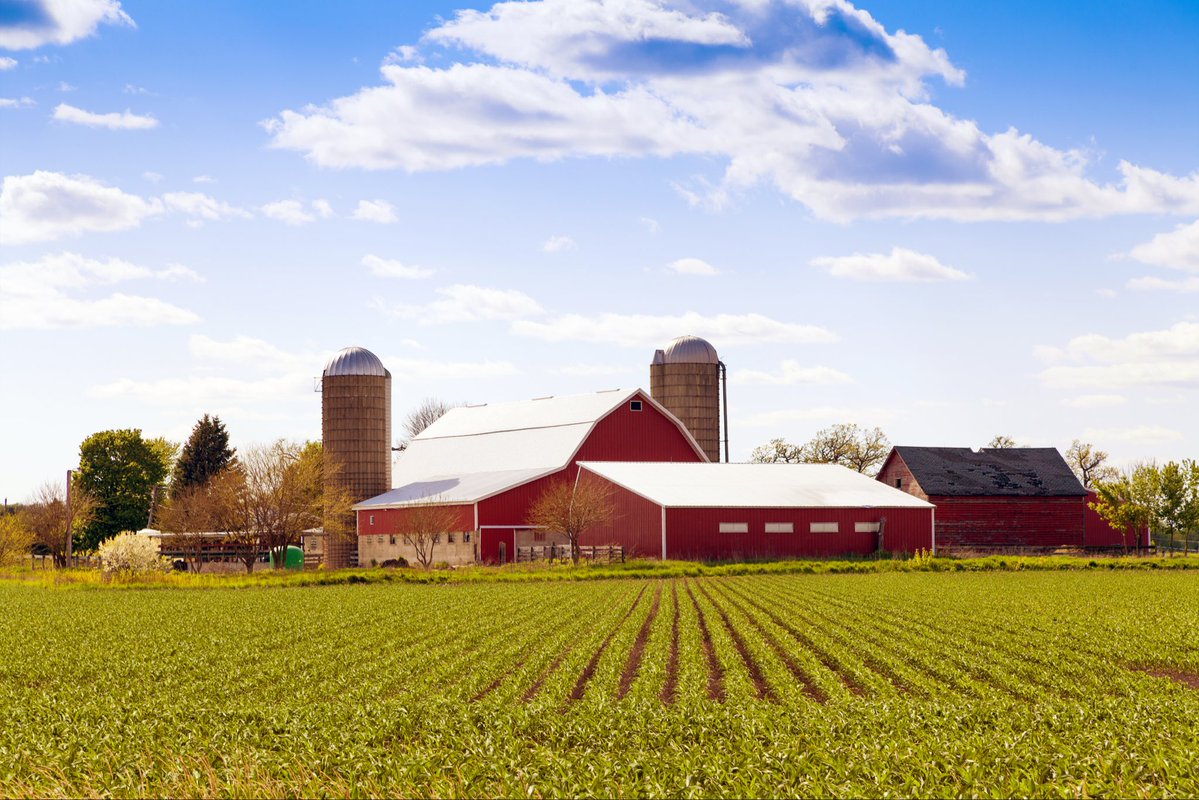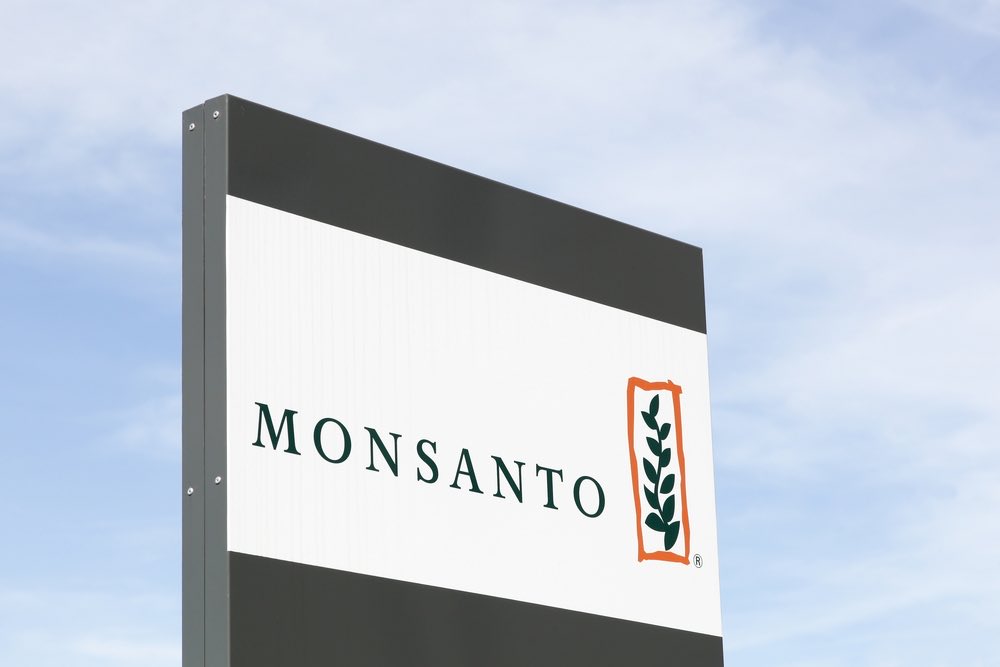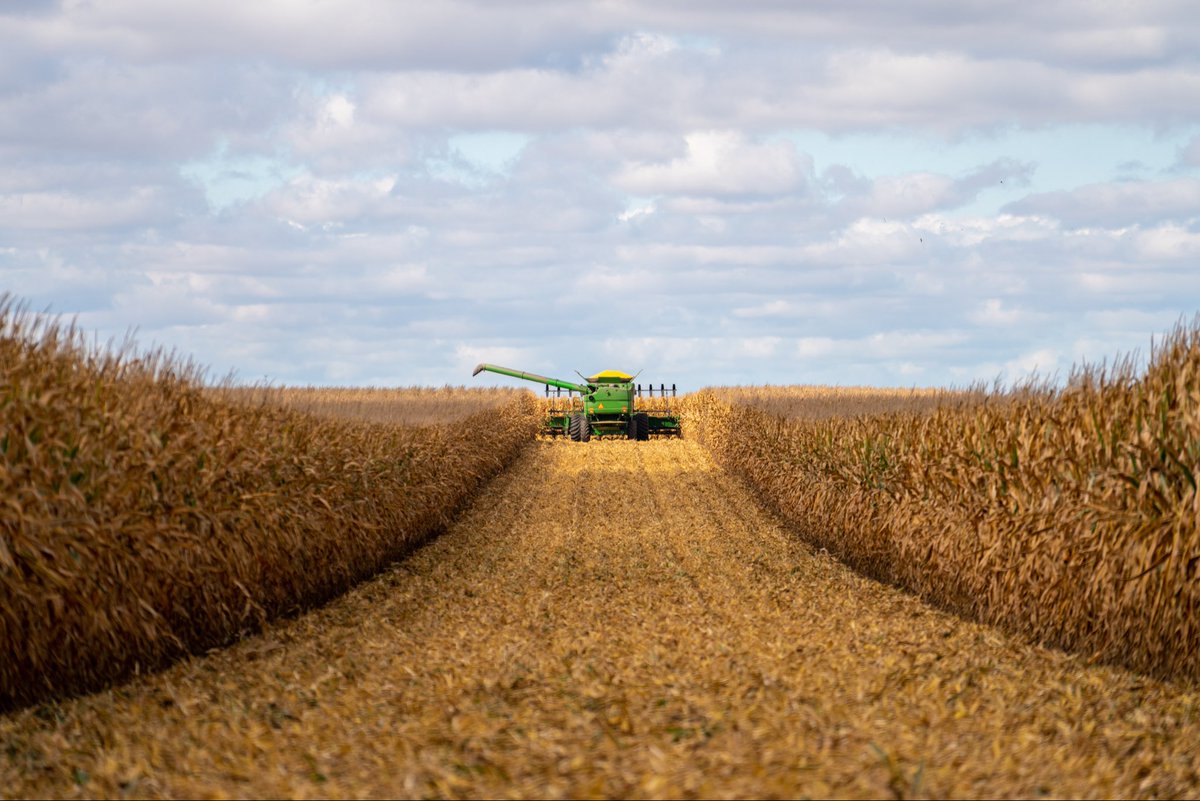🚨Corporate power just destroyed thousands of years of independent agriculture in a single generation.
Four corporations—Bayer, Corteva, ChemChina, and BASF—control over 50% of the global seed market.
We’re about to expose how Big Ag patented life itself:
🧵THREAD
Four corporations—Bayer, Corteva, ChemChina, and BASF—control over 50% of the global seed market.
We’re about to expose how Big Ag patented life itself:
🧵THREAD

If you’re new here, bookmark this thread above and follow @FarmActionUS for more investigations EXPOSING how corporate monopolies dominate our food system.
This is part of our Food Monopoly Files series—uncovering how power over the food supply has been seized, from field to fork.
Let’s dive in:🧵
This is part of our Food Monopoly Files series—uncovering how power over the food supply has been seized, from field to fork.
Let’s dive in:🧵
For thousands of years, farmers saved and shared seeds, adapting crops to local soils and climates.
That freedom VANISHED within a generation.
In the 1980s and 90s, courts let corporations patent genetic traits and even plant varieties themselves.
Seeds became property.
When Monsanto launched Roundup Ready soybeans in 1996, farmers signed contracts forbidding seed-saving.
Each season they had to buy new seeds again.
Competitors copied the model.
The industry consolidated around it.

That freedom VANISHED within a generation.
In the 1980s and 90s, courts let corporations patent genetic traits and even plant varieties themselves.
Seeds became property.
When Monsanto launched Roundup Ready soybeans in 1996, farmers signed contracts forbidding seed-saving.
Each season they had to buy new seeds again.
Competitors copied the model.
The industry consolidated around it.


Today, those same giants have built a treadmill that farmers can’t escape.
Licenses BAN seed saving.
Patents LOCK them into “technology packages.”
Prices for engineered seeds and pesticides have SURGED while options shrink.
Even farmers who’d rather avoid them often can’t—herbicide drift from neighbors can destroy unprotected crops, forcing everyone into the same system just to survive.
What was once independence has become dependence by design.

Licenses BAN seed saving.
Patents LOCK them into “technology packages.”
Prices for engineered seeds and pesticides have SURGED while options shrink.
Even farmers who’d rather avoid them often can’t—herbicide drift from neighbors can destroy unprotected crops, forcing everyone into the same system just to survive.
What was once independence has become dependence by design.


Bookmark this post—this thread is only scratching the surface.
To get the full story, read our full article below, Seeds and Pesticides:
Farming Under Corporate Patents👇🏻 farmaction.us/seeds-and-pest…
To get the full story, read our full article below, Seeds and Pesticides:
Farming Under Corporate Patents👇🏻 farmaction.us/seeds-and-pest…
This monopoly didn’t evolve naturally—it was built through decades of policy choices.
Regulators approved mega-mergers like Bayer-Monsanto despite obvious risks.
Patent law was rewritten to favor corporations over farmers.
Lobbyists ensured lawmakers looked the other way.
The result?
The foundation of agriculture—the seed itself—is owned not by the people who plant it, but by corporations that profit from their dependence.

Regulators approved mega-mergers like Bayer-Monsanto despite obvious risks.
Patent law was rewritten to favor corporations over farmers.
Lobbyists ensured lawmakers looked the other way.
The result?
The foundation of agriculture—the seed itself—is owned not by the people who plant it, but by corporations that profit from their dependence.


If this thread shocked you, our full article will BLOW YOUR MIND!
Read it here: farmaction.us/seeds-and-pest…
And before you go, follow us @FarmActionUS to join our movement.
🔥We’re EXPOSING how seed and pesticide monopolies extract BILLIONS from farmers and consumers—and pushing for antitrust enforcement and intellectual property reform to restore competition, seed diversity, and farmer control.
Corporate power runs deep, but it’s not permanent.
We can plant a new, independent future.
Read it here: farmaction.us/seeds-and-pest…
And before you go, follow us @FarmActionUS to join our movement.
🔥We’re EXPOSING how seed and pesticide monopolies extract BILLIONS from farmers and consumers—and pushing for antitrust enforcement and intellectual property reform to restore competition, seed diversity, and farmer control.
Corporate power runs deep, but it’s not permanent.
We can plant a new, independent future.
• • •
Missing some Tweet in this thread? You can try to
force a refresh





